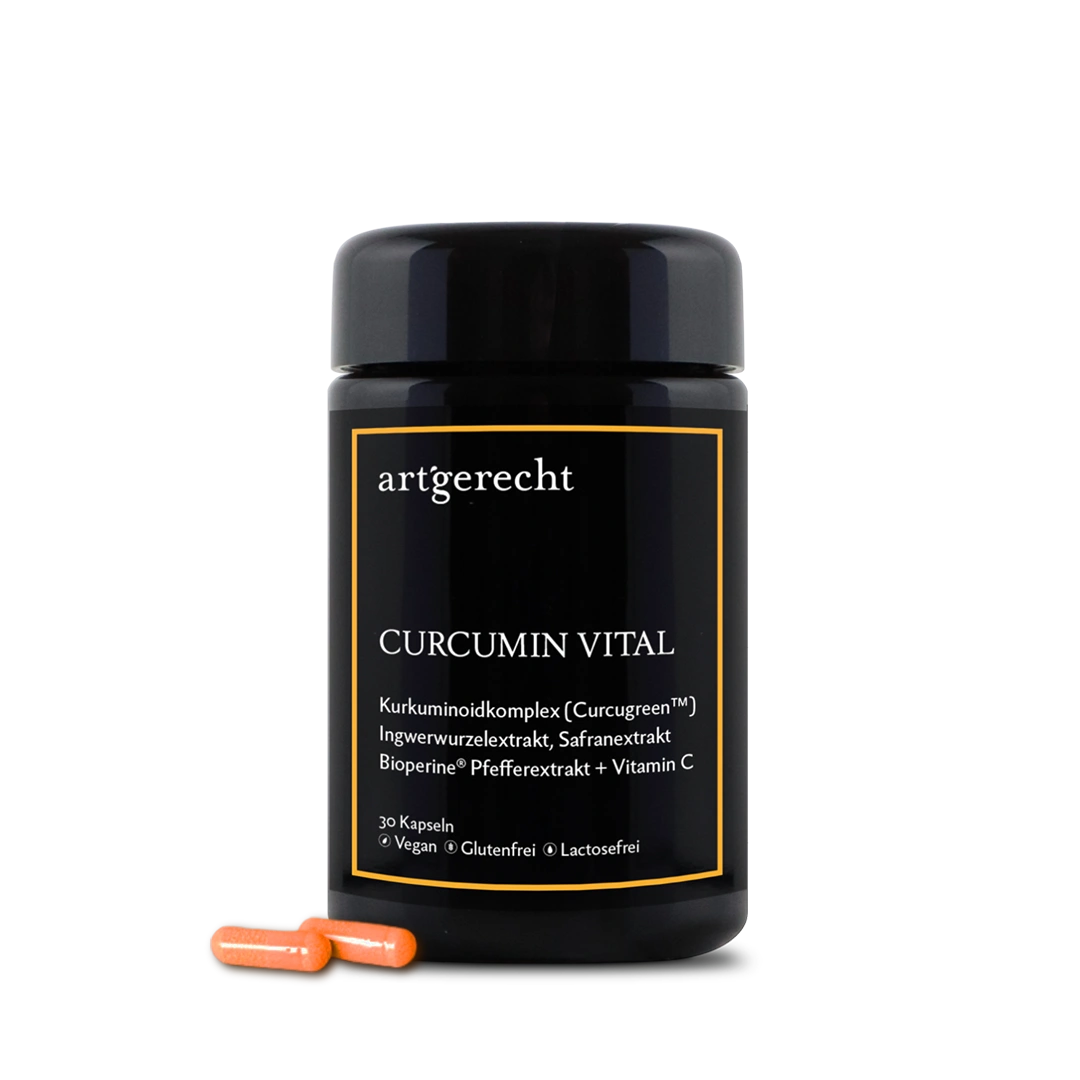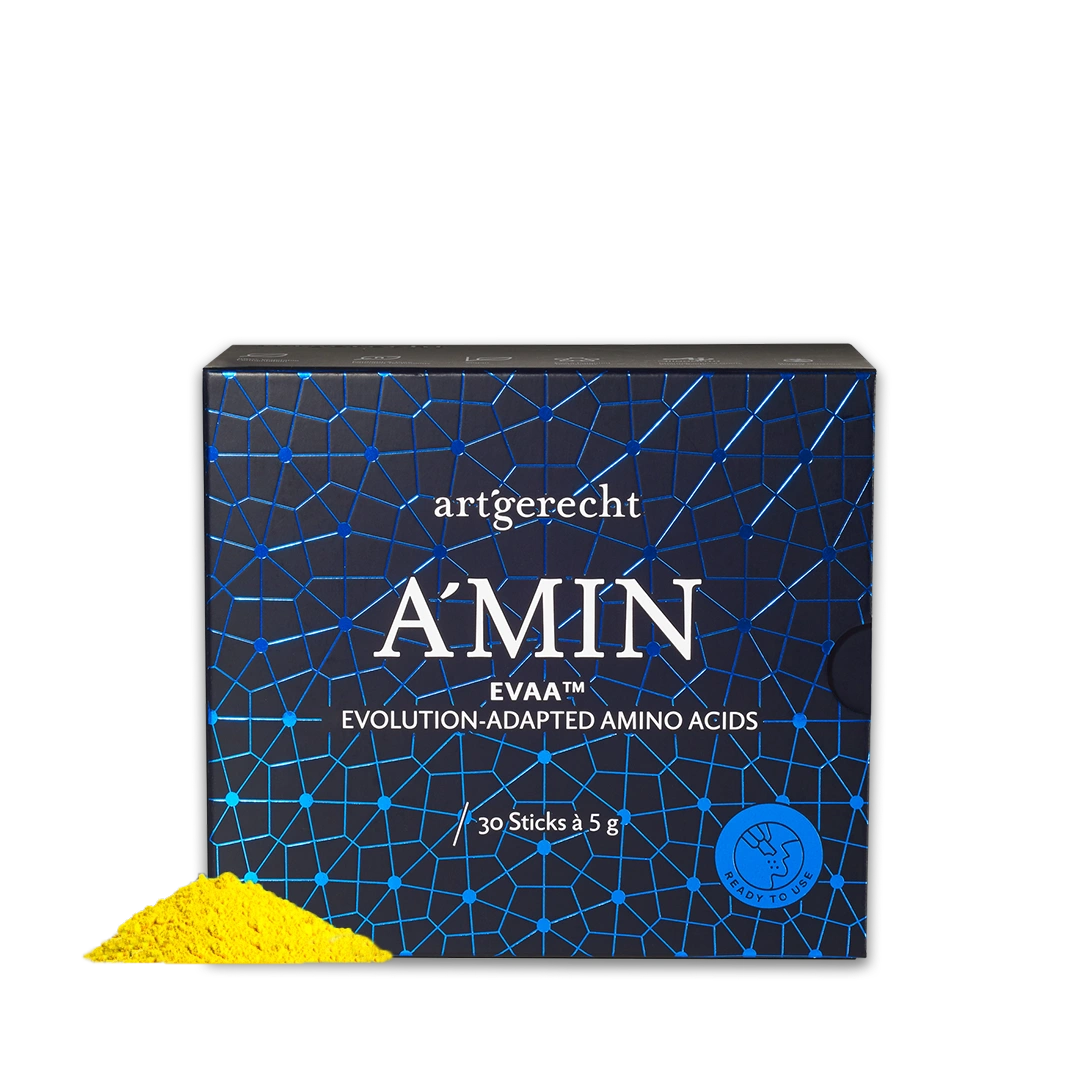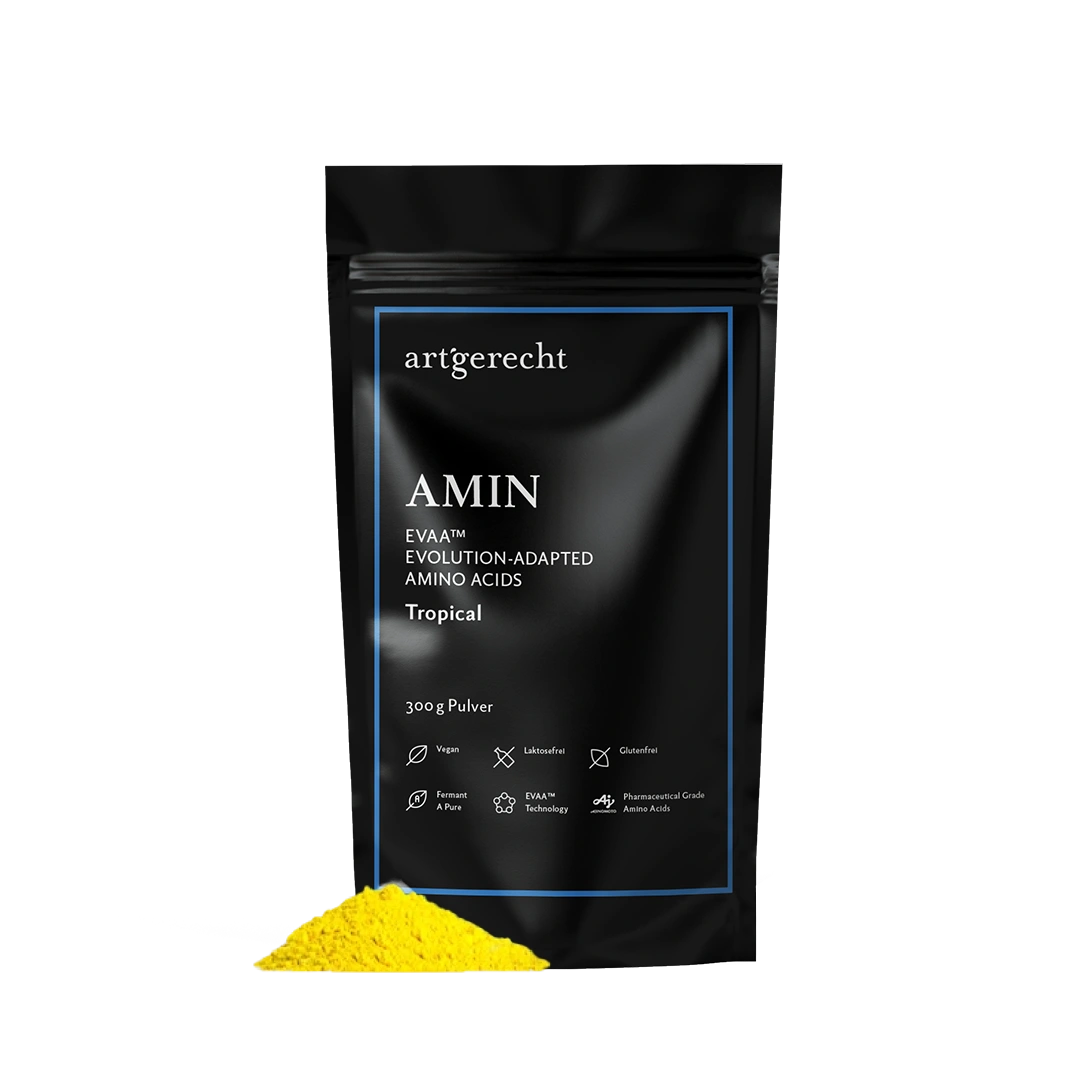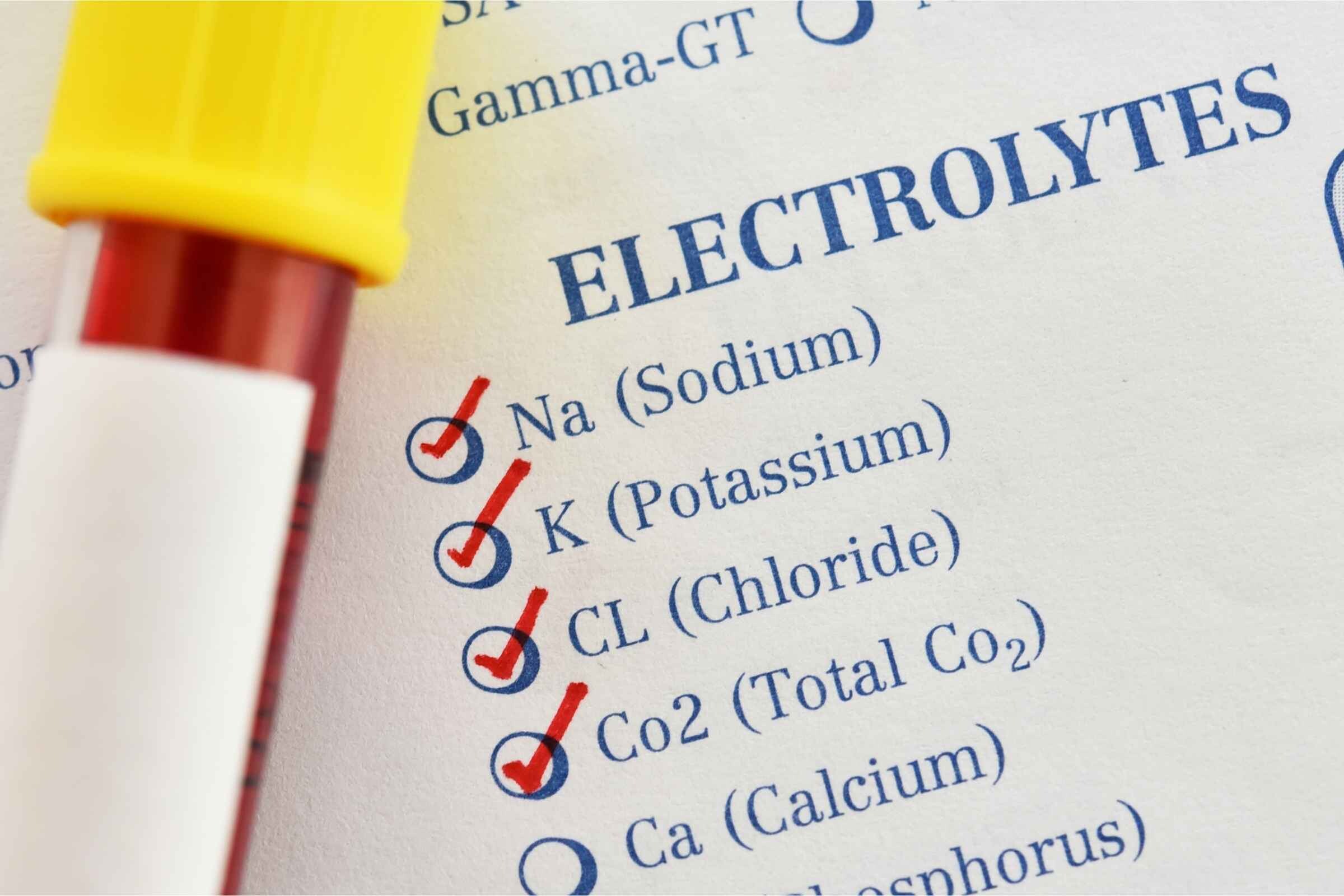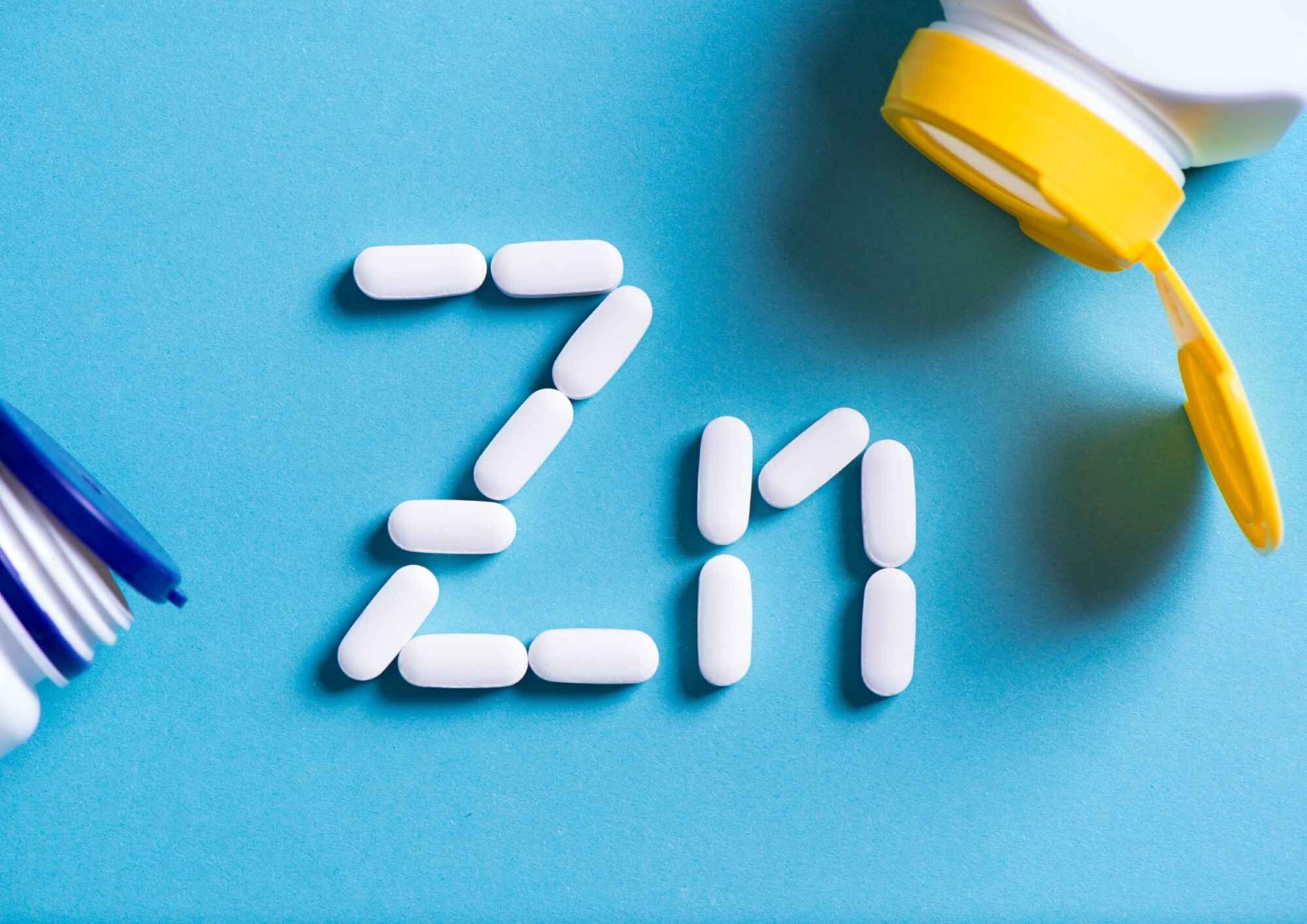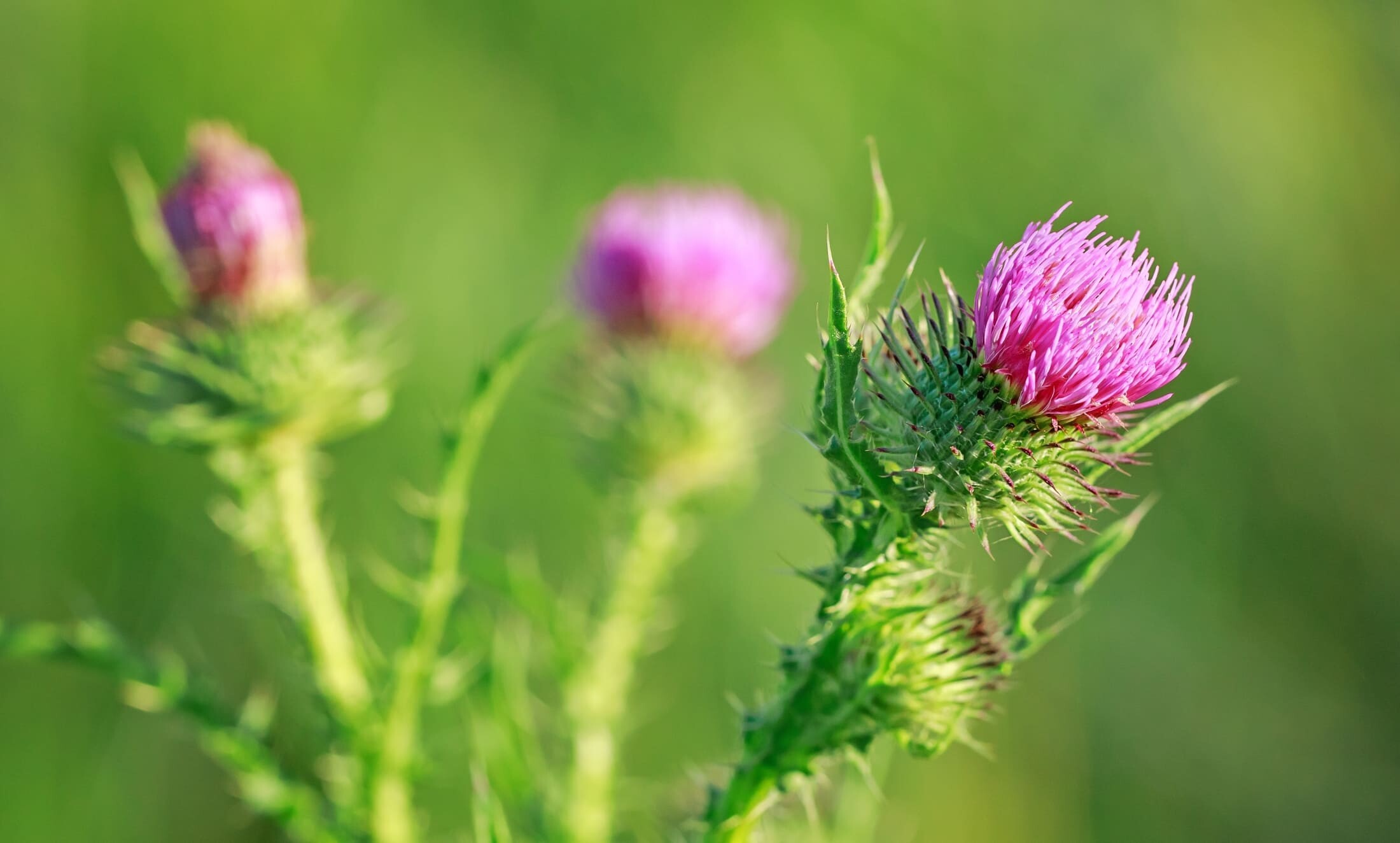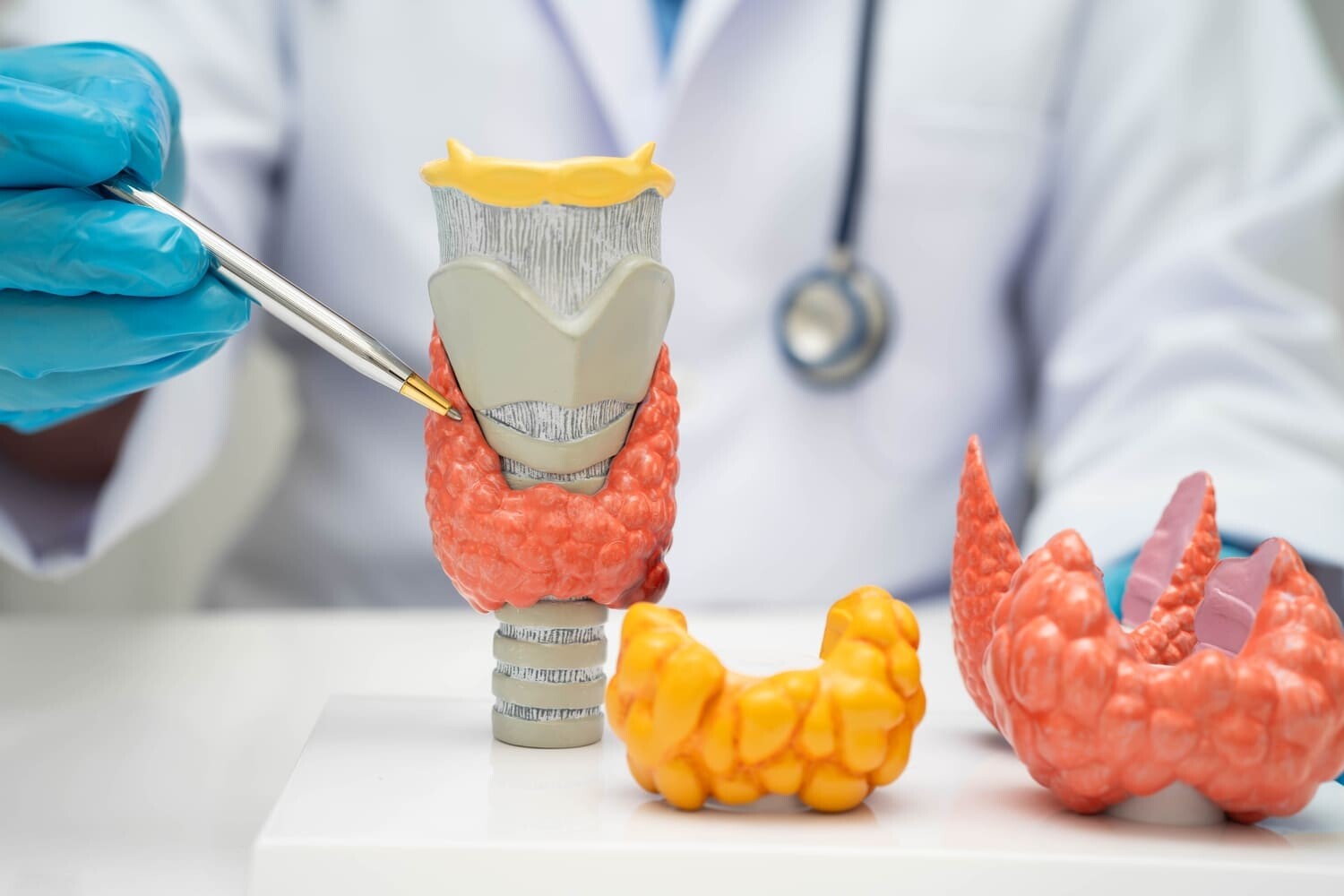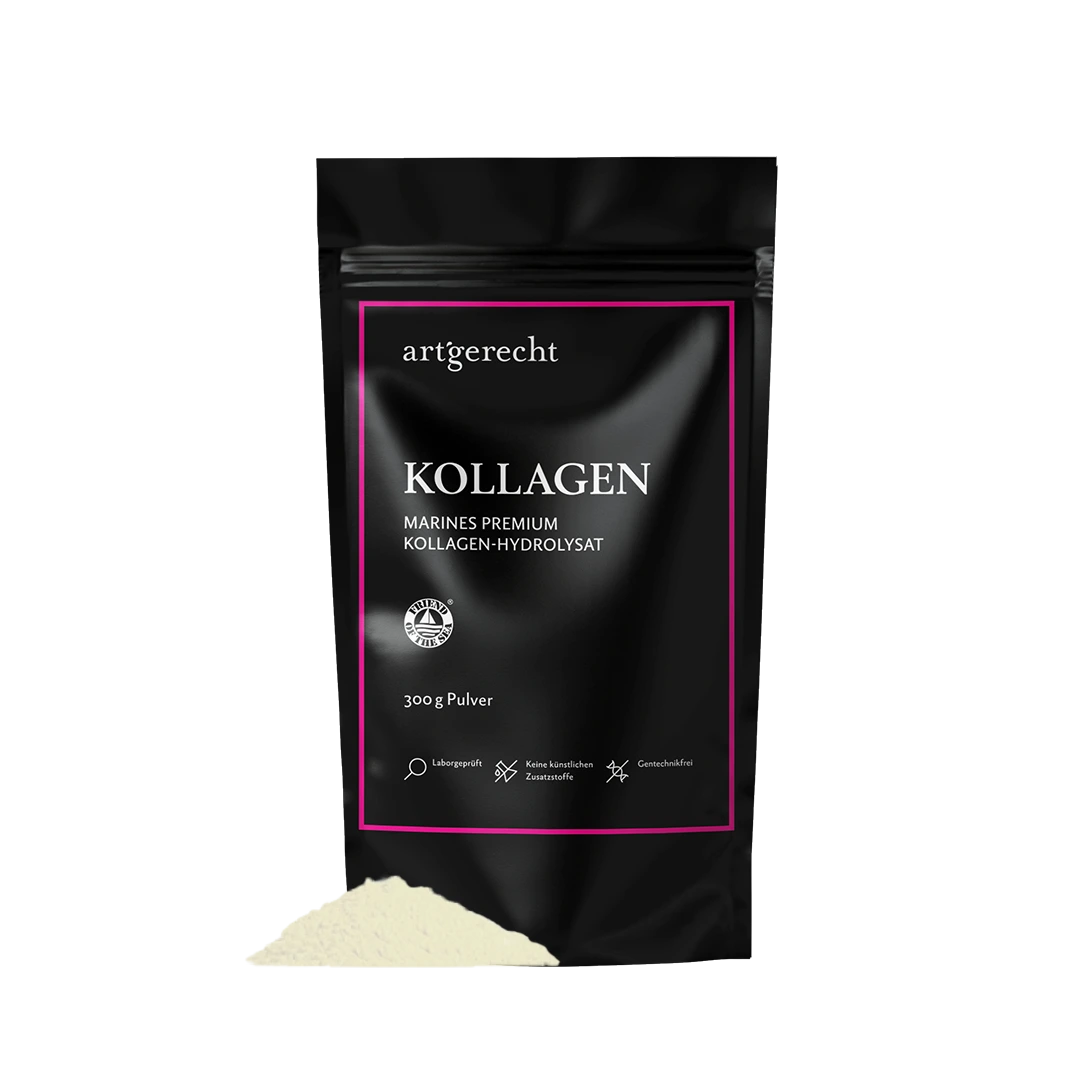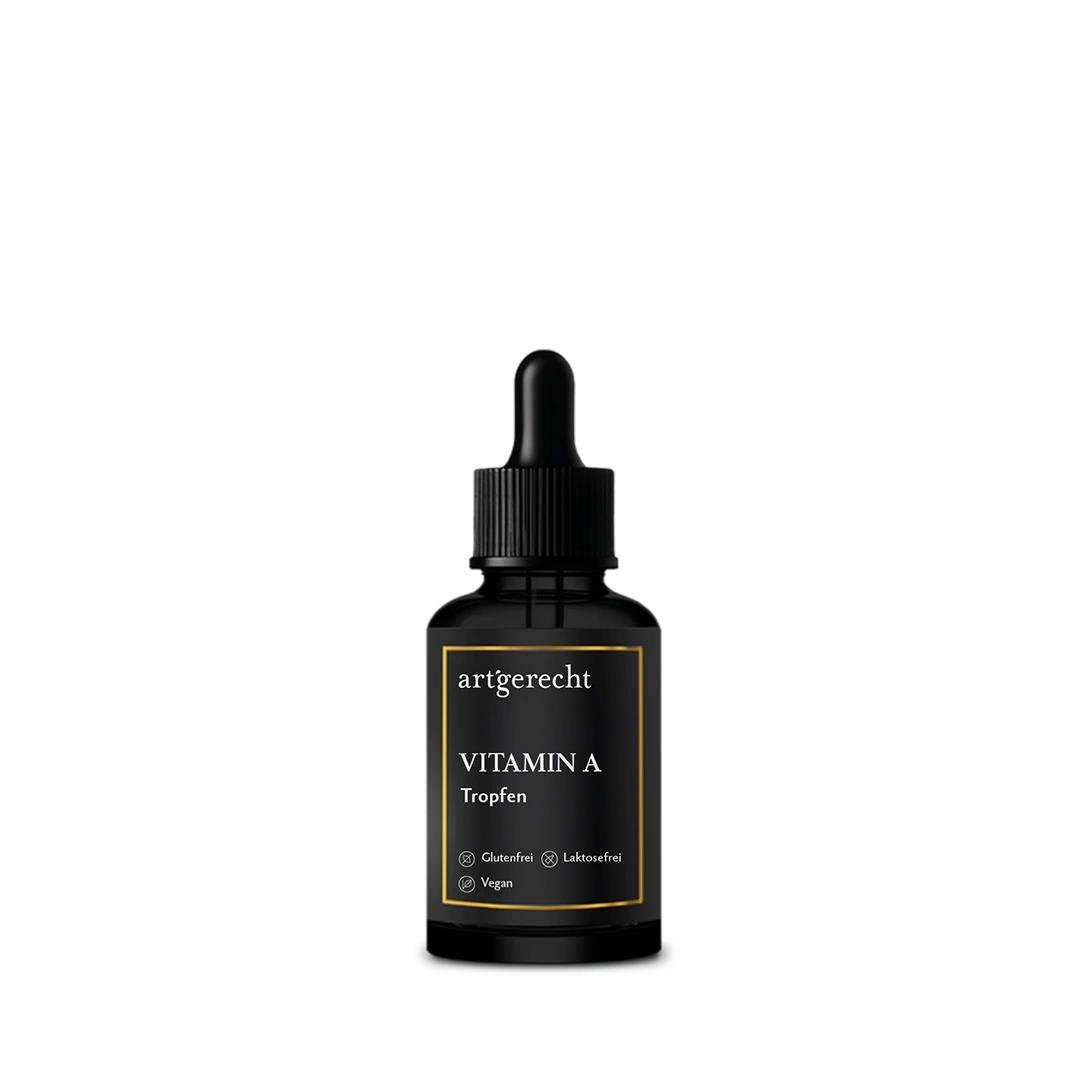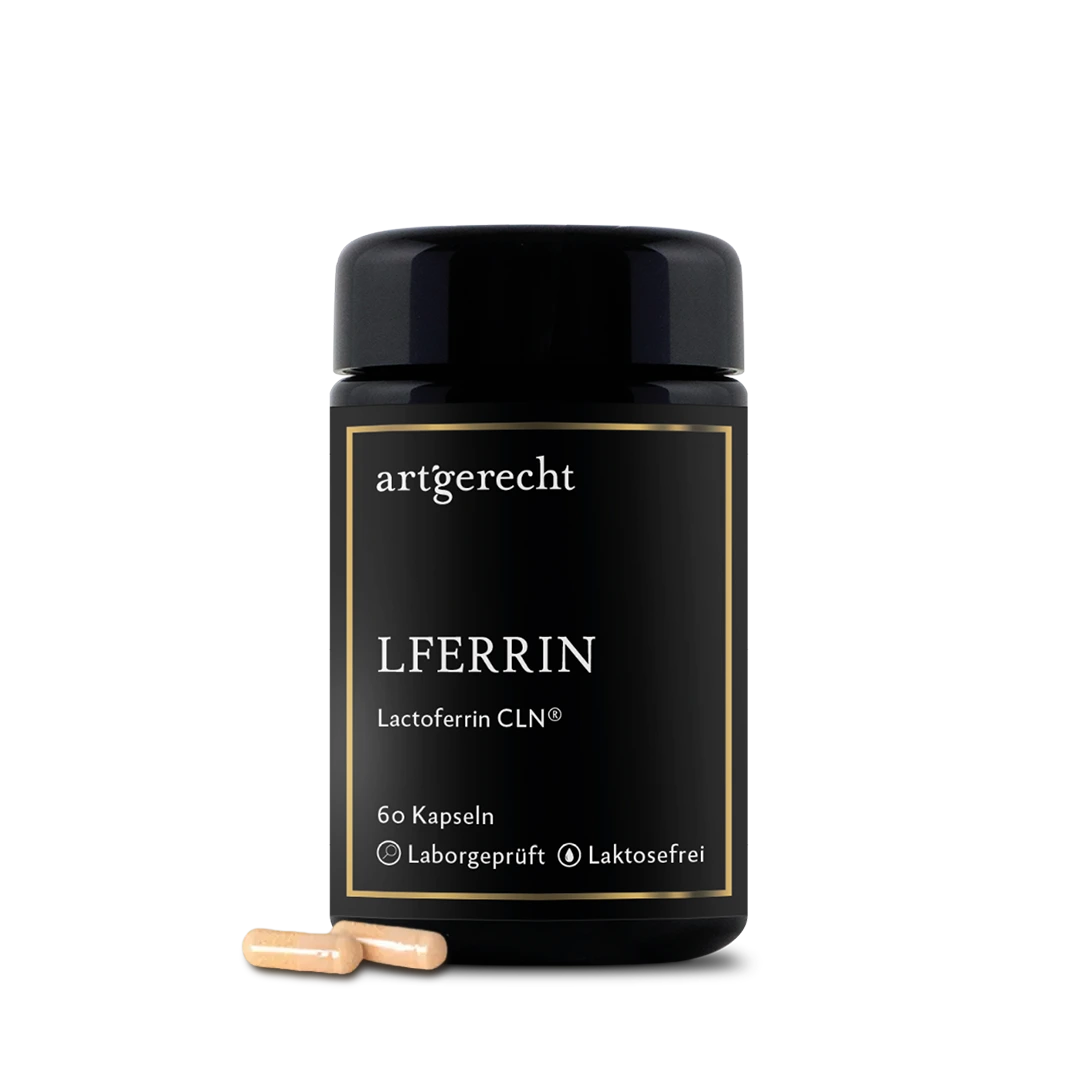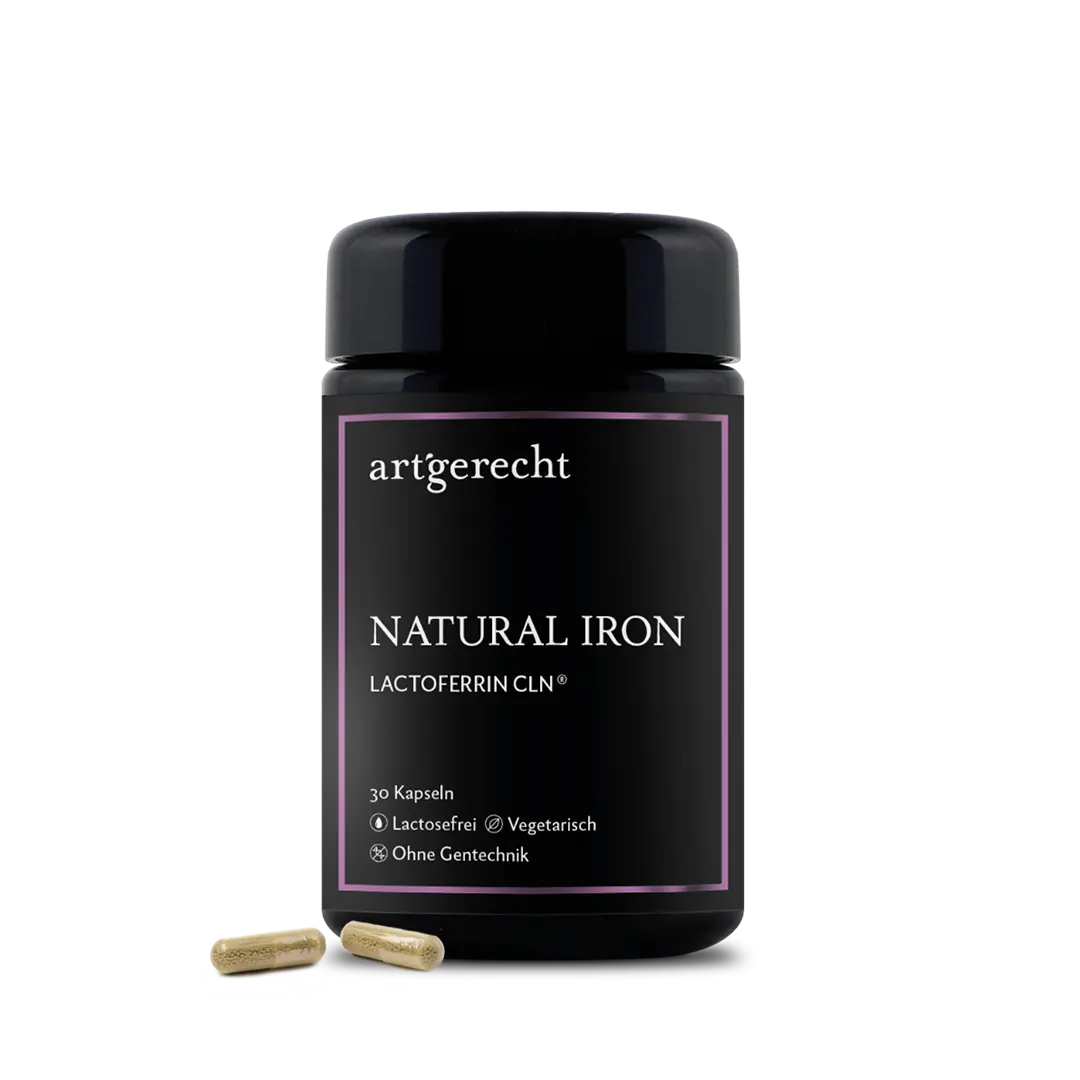- How does the detox work?
- What do we actually detoxify?
- What to watch out for when detoxing:
- Important co-factors
- Aminosacids and the transition between phases
- Fasting and detoxification
- Why can headaches occur when fasting?
- Ab wann setzt die Entgiftung ein?
- Which foods help with liver detoxification?
- Literature:
There is a wealth of information on the subject of detoxification. The image that our body is a kind of garbage dump and full of toxins and waste products still persists in the media and in our minds. Detoxification cures and purification methods promise to cleanse the body from the inside out. Finding out which measure is right for you is a challenge for many people who want to do something good for their body. We asked the person who probably knows best: our liver.
How does the detox work?
The detoxification takes place to a large extent in the liver. However, it also takes place in many other organs, such as the brain. Detoxification is divided into three phases
.In each of the three phases, certain processes take place that ideally go hand in hand. In Phase I it gets exciting right at the start. So-called CYP enzymes convert the bound, lipid-soluble toxins into water-soluble ones. During this conversion, however, free radicals can form and lead to cell damage. In Phase I, toxins such as alcohol, medication and excess hormones are broken down and can in some cases be directly recycled.strong>üvia urine, stool, sweat or respiration.
In phase II, the substances that have not yet been excreted in the first phase are made transportable. This step is called conjugation, whereby the metabolic products are bound to the body's own substances in order to improve water solubility here too. The interesting thing here is that these substances are activated in the first phase, which in turn creates free radicals and can cause damage. This is why a seamless transition in the first two phases is particularly important. The removal of the bound toxins from the liver via the bloodstream, the bile ducts and the lymphatic system is referred to as phase III. The bound toxins can then be exhaled from the bloodstream via the lungs, sweated out via the skin or filtered via the kidneys, for example. Phase III is therefore also referred to as the excretory phase.
| Excretion pathway | Intervention |
| Urine | Drinking cure |
| Sweat; | Sports, sauna |
| Breathing | Sports, breathing exercises |
| Stool | Regular bowel movements |
| Bile flow | Mary thistle, artichoke, turmeric, ginger |
- Pesticides
- Medications
- Alcohol
- Drugs
- Food additives
- Final metabolic products
- Microorganisms
- Food
What to watch out for when detoxing:
We detox every day and that's a good thing. There is no large mountain of toxins in our body that accumulates over months and years and that we can only eliminate through a week-long cure. In fact, toxins are stored in fatty tissue, which is why rapid fat reduction can lead to increased amounts of toxins. However, if you lose weight slowly and steadily, this should not be a problem for our livers.
Important co-factors
An important factor for detoxification to work properly is the presence of so-called co-factors. These are vitamins, minerals and trace elements. These activate detoxification enzymes (CYP-P450), which convert toxins, rendering them inactive or transportable.
| Important co-factors phase I | Important co-factors phase II |
| Fatty vitamins: A, D, E | Amino acids: Glutamine, glycine, lysine, taurine, cysteine |
| Calcium | Magnesium |
| Antioxidants such as vitamin C | Vitamin C |
| B vitamins | Vitamin B |
| Glutathione | Glutathione |
| Ginger | Choline |
| Turmeric | Sulfur |
Aminosacids and the transition between phases
Amino acids are important for many phase II detoxification pathways. They support transformation processes (such as methylation, acetylation, glucuronidation and glycation), especially in phase II. Their presence can even accelerate these processes. Oral supplementation with the amino acid glycine has been found to support phase II glycation and glucuronidation, which improves detoxification (Gannon, Nuttall, & Nuttall, 2002). Unfortunately, we don't have a real store of amino acids in the body,regular supply of many amino acids through food. A deficiency of amino acids fundamentally impairs the activity of the detoxification enzymes in all phases.of all phases down (Walter-Sack & Klotz, 1996), which is why a sufficient supply is absolutely necessary.
Aminosäuren and heavy metal detoxification
In order to bind and detoxify metals, so-called „chelators“ are required. The natural chelators that bind metals in our body include metallothioneins and glutathione (Sears, 2013). Metallothioneins are cysteine-rich (cysteine = amino acid), small metal-binding proteins and ensure the physiological balance of essential metals such as zinc and copper, as well as protection against other toxic metals;protection from other toxic metals such as cadmium and lead by binding them and scavenging free radicals generated by oxidative stress (Sabolić, Breljak, Škarica, & Herak-Kramberger, 2010)(Zalewska, Trefon, & Milnerowicz, 2014)(Cai, Li, Song, & Cherian, 2005).Glutathione is the body's most powerful antioxidant, which is not only able to remove heavy metals, but also protects us from other free radicals. Cysteine is the limiting component of glutathione production (Han et al., 1997).
Fasting and detoxification
We often read that a good detox diet also includes fasting. But why is that? Our liver is the metabolic center in our body. When we eat food, the liver is required to convert or detoxify the substances it contains. The nutrient restriction during fasting relieves our liver, which is why fasting has many positive effects on our health. However, there is no scientific data to date that proves the role of fasting in detoxification. This is because detoxification primarily requires co-factors and amino acids, which have to be absorbed through food and cannot be stored well. An alternative to long-term fasting is intermittent fasting with a meal frequency of < 19 meals per week.
Why can headaches occur when fasting?
If relatively speaking, too high an activity prevails in phase I prevails, more toxins are released, which can cause cell damage and put a lot of strain on our liver. The removal of toxins is therefore slowed down and a backlog of toxins may occur, such as the nerve toxin ammonia. This can then lead to headaches. The shift in the phases can, for example, be caused by a lack of amino acids, which we may lack just a few hours after our last meal.
Interestingly, Amonia is also formed in the large intestine by bacteria through fermentation of proteins. This is often associated with impaired protein digestion and dysbiosis. It is therefore advisable to carry out an intestinal cleanse before a liver detox or longer fasting session.
Ab wann setzt die Entgiftung ein?
The detoxification is always active, but more so after food intake. In addition, certain herbal substances, e.g. from ginger and curcumin, artichoke and milk thistle, can support detoxification.
Which foods help with liver detoxification?
Basically, all cabbage, g tea, coriander, garlic, rosemary,cocoa and the already mentioned turmeric, ginger and artichoke in the formation of our most powerful endogenous antioxidant, glutathione.
In addition, there are many helpful foods:
- Carrots
- Parsnips
- Celery
- Parsley
- Äpfel
- Berries (raspberries, blueberries)
- Black tea
- Black pepper
- Broccoli and other cruciferous vegetables
- Coffeesäure (found in plants, with particularly high levels in thyme, sage, mint, Ceylon cinnamon, star anise and yerba mate)
- Celery
- Chili peppers
- Citrus fruits
- Lulled watermelon
- Ellagic acid (contained in blackberries, cranberries, pecans, pomegranates, cranberries and cranberries)pomegranates, raspberries, strawberries, walnuts, wolfberries and grapes)
- Fish
- Garden cress
- Ghee
- Ginkgo
- Honeybush tea
- Liquorice
- Olives and olives
- Pomegranate
- Propolis
- Rooibos tea
Literature:
Cai, L., Li, X.-K., Song, Y., & Cherian, M. (2005). Essentiality, Toxicology and Chelation Therapy of Zinc and Copper. Current Medicinal Chemistry, 12(23), 2753–2763. https://doi.org/10.2174/092986705774462950
Gannon, M. C., Nuttall, J. A., & Nuttall, F. Q. (2002). The metabolic response to ingested glycine. American Journal of Clinical Nutrition, 76(6), 1302–1307. https://doi.org/10.1093/ajcn/76.6.1302
Han, D., Handelman, G., Marcocci, L., Sen, C. K., Roy, S., Kobuchi, H., … Packer, L. (1997). Lipoic acid increases de novo synthesis of cellular glutathione by improving cystine utilization. BioFactors, 6(3), 321–338. https://doi.org/10.1002/biof.5520060303
Sabolić, I., Breljak, D., Škarica, M., & Herak-Kramberger, C. M. (2010, October). Role of metallothionein in cadmium traffic and toxicity in kidneys and other mammalian organs. BioMetals. Biometals. https://doi.org/10.1007/s10534-010-9351-z
Sears, M. E. (2013). Chelation: Harnessing and enhancing heavy metal detoxification – A review. The Scientific World Journal. Hindawi Limited. https://doi.org/10.1155/2013/219840
Walter-Sack, I., & Klotz, U. (1996). Influence of diet and nutritional status on drug metabolism. Clinical Pharmacokinetics. Springer International Publishing. https://doi.org/10.2165/00003088-199631010-00004
Zalewska, M., Trefon, J., & Milnerowicz, H. (2014). The role of metallothionein interactions with other proteins. Proteomics. Wiley-VCH Publishers. https://doi.org/10.1002/pmic.201300496


